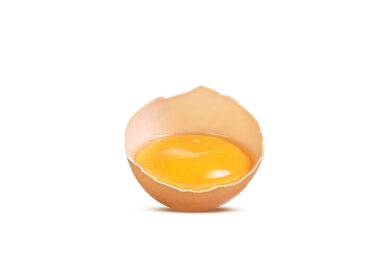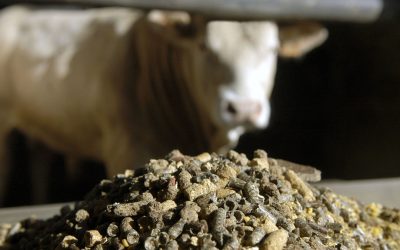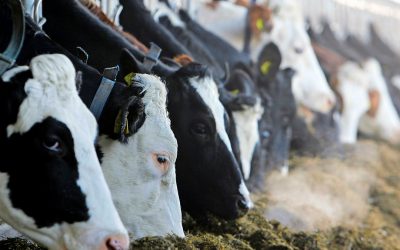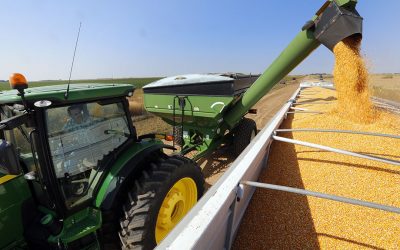Korean feed grain demand likely to stabilise
Demand for feed grain in South Korea, Asia’s biggest buyer after Japan, will be sustained this year after climbing on increased livestock production, said Kim Chi Young of the Korean Feed Association to Bloomberg.
Consumption of corn and wheat for animal feed in the country, which imports virtually all of its needs, increased 11% last year to 8 million tonnes as farmers boosted livestock output and meat imports dropped, said Kim Chi Young, director in charge of grain purchases at the Korea Feed Association, which buys about 70% of imports.
Demand from Korea may support wheat and corn in Chicago, which have tumbled 5% and 9.6% respectively this year on increased global supplies.
Meat imports declined last year with 9.2% as the financial crisis squeezed financing for small- and medium- sized importers, Kim said in an interview.
“While the global financial crisis hit other industries hard, the livestock sector was relatively better off as the higher output illustrates,” Kim said. “Demand may be resilient this year as well as the economy recovers.”
Economic growth
According to the International Monetary Fund South Korea’s economy will expand 4.5% in 2010 after growing only 0.25% in 2009.
The nation used 6.2 million tonnes of corn and 1.8 million tonnes of wheat last year for compound feed for livestock, Kim said. Consumption of corn and wheat may be largely unchanged this year, he said.
Foot-and-mouth is swing factor
“Foot-and-mouth disease is a swing factor,” Kim said. “If the disease is contained early, it won’t have much impact. Otherwise, that may affect demand”, he said.
South Korea, the world’s third-largest corn buyer, reported this month its first outbreak of foot-and-mouth disease in eight years.
The country culled a total of 160,155 cows and pigs because of an outbreak in 2002, incurring damage of 143.4 billion won ($128 million).
Output of compound feed, produced with various raw materials including corn, wheat and soybean meal, may climb about 2% this year from an estimated 16.5 million tonnes last year, Kim said.
Production gained 2% and prices of compound feed declined 25% in 2009.
Source: Bloomberg











